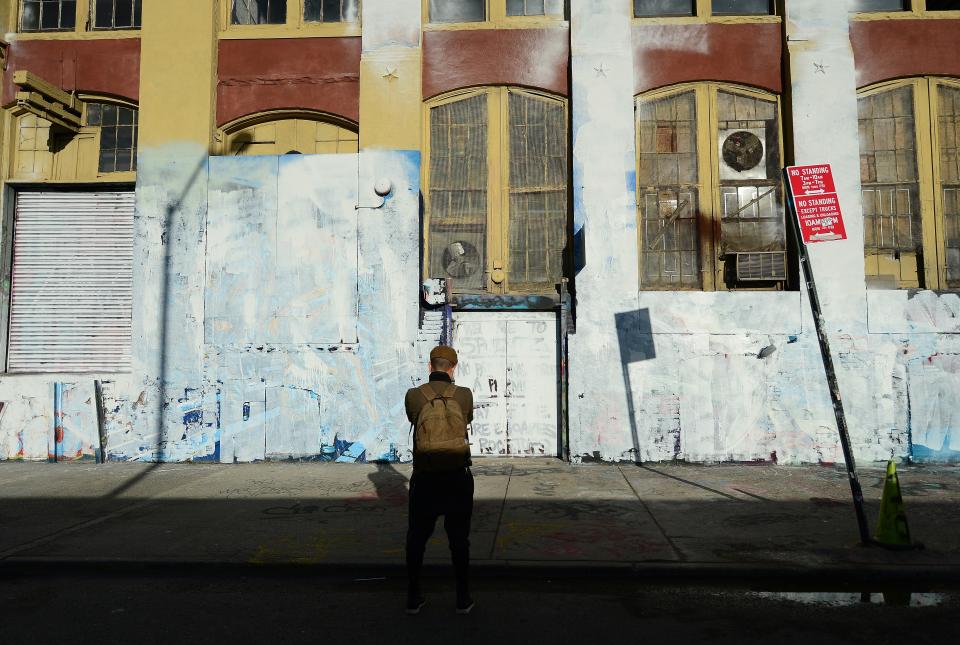5 Pointz Developer Who Whitewashed Artists' Murals Forced to Pay Them $6.7 Million

Justice has finally been served to New York real estate developer Gerald Wolkoff, marking the end to a long, dramatic landmark case surrounding onetime graffiti mecca 5 Pointz. On Monday, Judge Frederic Block ordered Wolkoff to pay a collective $6.7 million to the 21 graffiti artists whose work he whitewashed in 2013, or $150,000 for each of the 45 murals he destroyed. The decision, which awarded maximum damages possible to the artists, had been a long time coming, making its victory for the creators and their community that much sweeter.
5 Pointz was an open-air graffiti museum of sorts—a massive, abandoned warehouse that spanned the length of a city block in Long Island City, Queens. Beginning in the '90s, spray artists came from all over the world to create their art on the ever-evolving walls, and it served to elevate and legitimize the craft, which for so long was seen as on unequal footing with other mediums such as painting or sculpture. "I said, 'Let me start this place up, let me have a wall where no ego is involved, and artists could come paint,'" said artist and de facto 5 Pointz curator Jonathan Cohen in an interview with NPR about the space. "Favoritism doesn't really float. If you do a good job and your piece comes out amazing, it could last longer. If you don't, then it goes.'"
When word began to leak that Wolkoff and his father, fellow developer David Wolkoff, planned to raze the celebrated building to make way for a $400 million luxury rental condo development, a group of 17 artists filed a lawsuit to protect their work and possibly earn the site a historic designation. The pair feared that preservation efforts might come through, and thus, without warning, whitewashed the walls in the middle of the night in late 2013. They claimed the reason for their brash move was a way to save the artists from the distress of watching their work torn down slowly over a few months— better to rip the band-aid right off, they said.

US-ART-GRAFFITI
But their move gave the artists no opportunity to preserve their work, nor any time for the graffiti community and general public to pay their respects to what had been called "the U.N. of spray art." It seemed an unnecessarily cruel act made worse only by the fact that the luxury condos the Wolkoffs planned to build in the space were to be named 5 Pointz and would appropriate the very art they destroyed by displaying graffiti works throughout the lobby and building.
This past November, a civil jury found Wolkoff guilty of breaking the Visual Artists Rights Act (VARA)— a statute that protects works of “recognized stature," and, in this case, was used to protect said works created on someone else's property. Though lawyers for the developer argued that the building was fair game for him to do with what he pleased, VARA protected the artist's rights to be given a fair time period to preserve their creations.
“This is a win for artists’ rights all across the country. This is a win for the visual artists and their protection under VARA,” adviser and appraiser Renee Vara (no relation to the law), told Artnet News. “This is a clear message by the people that the whitewash was a cruel willful act and Jerry Wolkoff was held accountable.”

